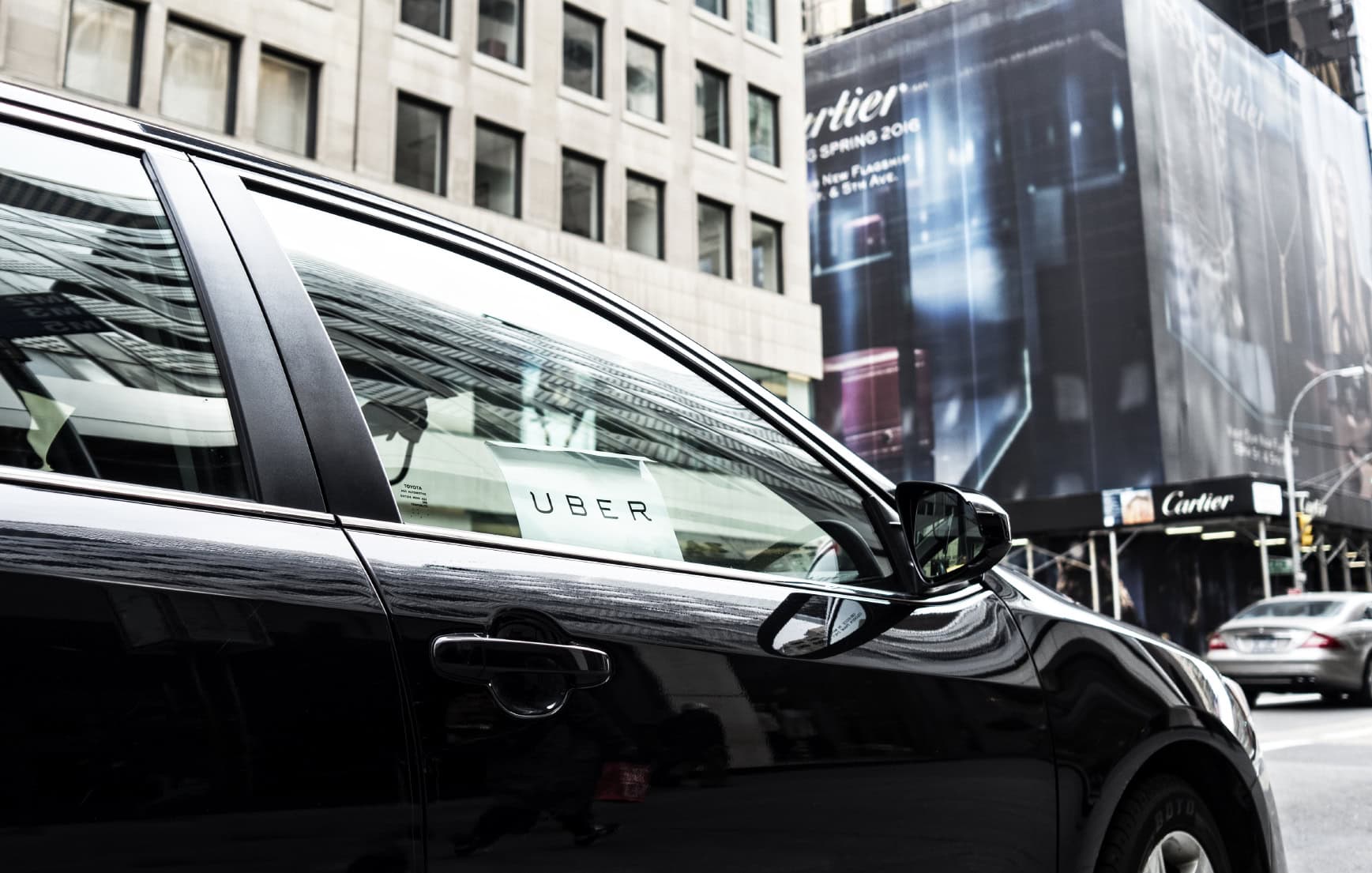Eighth Circuit Decision Striking Down Biden EV Subsidy Highlights Loper Bright’s Impact
By
| September 8, 2025
On Friday, in Iowa v. Wright, the Eighth Circuit vacated an April 2024 Department of Energy regulation changing how it calculated the “petroleum equivalency factor” used to determine how car and truck manufacturers can use electric vehicles to comply with Corporate Average Fuel Economy standards set by the National Highway Traffic Safety Administration. Two months after DOE issued the challenged regulation, the Supreme Court issued Loper Bright overruling the Chevron doctrine, which required courts to defer to agency statutory interpretations under certain circumstances. The Eight Circuit panel ruled that “the fuel content factor exceeds DOE’s authority under the substantive statute,” citing Loper Bright repeatedly in that portion of the opinion. Several states and the American Free Enterprise Chamber of Commerce brought the challenge.
Courts Must Independently Interpret Statutes
The panel emphasized Loper Bright’s core holding that the APA requires courts to independently interpret statutes without deferring to agencies. At the same time, the panel quoted Loper Bright for the proposition that “this court may ‘seek aid from the interpretations of those responsible for implementing particular statutes.’ ‘In the construction of a doubtful and ambiguous law, the contemporaneous construction of those who were called upon to act under the law, and were appointed to carry its provisions into effect, is entitled to very great respect.’” Indeed, after Loper Bright, the idea that an agency’s contemporaneous and longstanding interpretation of a statute may be probative of its best reading seems to be a recurring theme in recent decisions.
In rejecting DOE’s reading of section 32904 to authorize its dramatic changes to how it calculated the petroleum-equivalency factor to incentivize EV production, the panel noted that DOE’s new approach “contradict[s] DOE’s decades-long construction of the statute” and “is not DOE’s ‘contemporaneous construction’ of the statute,” quoting Loper Bright. The panel further reasoned that “[t]he breadth of DOE’s current reading also shows it is not the best reading of the statute,” invoking the elephants-in-mouseholes canon.
Quoting Loper Bright, the panel wrote that “even accepting that section 32904 grants some discretion to DOE, ‘fixing the boundaries of the delegated authority’ is the role of this court.” This is perhaps the key lesson to be taken from Loper Bright. Applying that principle, the panel continued: “DOE may have discretion to consider how best to quantify the need to conserve energy overall, as well as the relative value and relative scarcity of various fuels. But here DOE exceeds the boundaries of its statutory authority[.]” Quoting West Virginia v. EPA, the panel explained that “DOE cannot ‘discover in a long-extant statute an unheralded power representing a transformative expansion in its regulatory authority.’” And in rejecting DOE’s and Intervenor’s appeal to the putative “statutory purpose to incentivize the production of electric vehicles,” the panel again quoted Loper Bright, explaining that “DOE’s ‘contemporaneous construction’ indicates that subsection 32904(a)(2)(iii) does not empower DOE to pursue goals by artificially inflating the fuel-economy of electric vehicles.”
Court Reaches Different Conclusion on Useful Life Discretion
On the flip side, the panel cited Loper Bright in rejecting the petitioners’ argument “that DOE’s consideration of the useful life of electric vehicles exceeds its authority under section 32904.” In finding that this aspect of the DOE’s interpretation of the statute passed muster, the panel noted that “[a]gain, this court must exercise its ‘independent judgment’ in deciding whether DOE ‘has acted within its statutory authority,’” quoting Loper Bright. Here, however, the court reached a different conclusion, finding that the statutory “requirement to review the values ‘each year’ does not prohibit DOE from considering the lifetime of electric vehicles and the average miles traveled each year during their lifetime” and therefore the agency had discretion to do so. In reaching that conclusion, the panel rebuffed the States’ appeal to DOE’s original and longstanding practices, explaining that “[r]egardless of DOE’s prior practices, this court must ‘independently interpret the statute and effectuate the will of Congress subject to constitutional limits,’” quoting Loper Bright.
The court found that DOE violated the APA’s notice-and-comment requirements and therefore did not decide whether this portion of the rule was arbitrary and capricious.
Consistent Interpretation Over Time May Help Determine Statutory Meaning
Finally, the court rebuffed the petitioners’ argument that “DOE violates subsection 32904(a)(2)(B)(iv) by retaining the driving pattern factor at 1.0,” reiterating that under Loper Bright its task is to “exercise its ‘independent judgment’ in deciding whether DOE ‘has acted within its statutory authority.’” In finding that DOE had statutory authority to do so, the court found it persuasive that “DOE has maintained the 1.0 driving pattern factor since 1981.” Under Loper Bright, the panel noted, “[i]nterpretations “issued contemporaneously with the statute at issue, and which have remained consistent over time, may be especially useful in determining the statute’s meaning.’”
The panel’s well-reasoned decision illustrates that Loper Bright’s core holding that courts must independently interpret statutes is a key check against agency overreach but does not invariably cut against the federal government in all cases. It is also another example of courts citing Loper Bright for the proposition that an agency’s contemporaneous-and-longstanding construction of a statute may be probative, though by no means dispositive, of statutory meaning.


